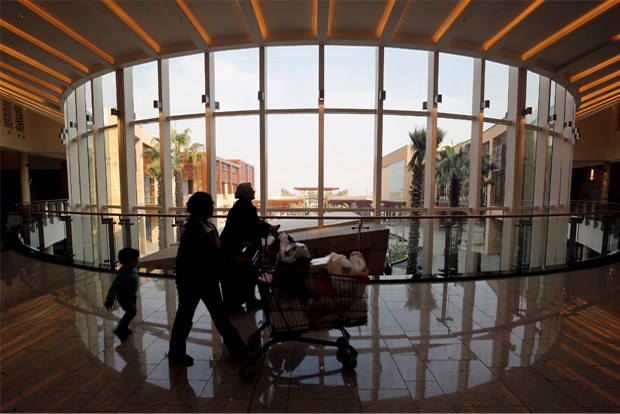Begin typing your search...
Despite advantages, green homes find low patronage
The whole buzz around ‘green homes’ comes partly from the government’s initiatives and commitments, and partly from end-user awareness about the dire need for such solutions. However, even outside of the ‘green mindset’, the increasing pressures created by urban realities are creating some of this demand.

Chennai
Water shortages have made features like rainwater harvesting very important, and many State governments have now made is a compulsory feature for new housing projects. Urban pollution is pushing the demand for more green, open spaces. Nevertheless, the ‘green’ way of thinking has not caught on enough at the grassroots level - the demand for green homes is still too scarce to induce a paradigm shift in how most developers design and build housing projects. For now, the buzz simply doesn’t have enough bite.
Discouraging numbers
According to Ashutosh Limaye, Director & Head - Consulting, Anarock Property Consultants, “Despite increasing awareness, most of the demand for sustainable buildings currently comes from consumers of commercial real estate - largely because a vast number of MNCs now insist on the kinds of sustainability features that only Grade A office buildings put on the table.”
If we consider numbers, the Indian Green Building Council (IGBC) started with a modest 20,000 sq. ft. green built-up area in the country in 2003. By 2019-end, IGBC reports that there were more than 5,723 green buildings projects registered under it, coming up across the country, accounting for over 7.09 billion sq ft area.
Limaye tells us that at least 1,932 of these green building projects are certified and already fully functional in India. However, most projects seeking the ‘green building’ tag are commercial spaces. A mere 5-7% of the overall green building stock is of housing projects.
Why buyers and developersshy away
India’s green housing ‘movement’ actually had its roots in the country’s IT/ITeS boom years, when premium housing of all stripes was the preferred first home option for many. In those years, green housing projects became a kind of status symbol which proclaimed purchasing power.
Limaye explains, “When the global Dotcom bubble burst, India’s IT sector also took a hit. A significant number of housing loans for premium homes taken by over-confident software professionals – often freshers - turned bad. In this period, the demand for green homes was been closely correlated to the performance of the Indian software industry.”
Of course, today this demand is no longer confined to the IT/ITeS industry. However, in the current environment of highly constrained job growth across sectors – including IT/ITeS – the demand for essentially expensive green homes is quite low. Though affordable housing shows growth, luxury housing has lost its sheen - and green buildings still carry the ‘luxury’ tag.
Limaye believes that price is always a critical factor for first-time homebuyers and even today, most of them would prefer not to shell out anything more than is absolutely necessary. In short, green housing is still something of an elitist concept and option in India, rather than an imperative.
“The price differences between certified green homes and non-green ones is significant for budget-conscious first-time homebuyers. Green homes are at least 10-15% costlier, depending on various facilities and factors. The fact that in the long run, a green home results in 30-40% savings on energy and water bills does not cut much ice, he tells us.
The higher costs involved in developing green buildings are a deterrent for many developers, as increased costs must be pushed on to buyers. “Because of the price factor, the current demand for green housing comes more from financially settled buyers rather than from first-home buyers for whom such a price difference for what is essentially the same amount of space makes a considerable difference,” says Limaye.
Though the government has given considerable emphasis and incentivization to sustainability features in contemporary housing, its greatest push is still towards affordable housing. Sustainability and affordability do not live on the same end of the pricing spectrum, and most developers are more focused on creating affordable rather than sustainable housing.
Visit news.dtnext.in to explore our interactive epaper!
Download the DT Next app for more exciting features!
Click here for iOS
Click here for Android
Next Story



